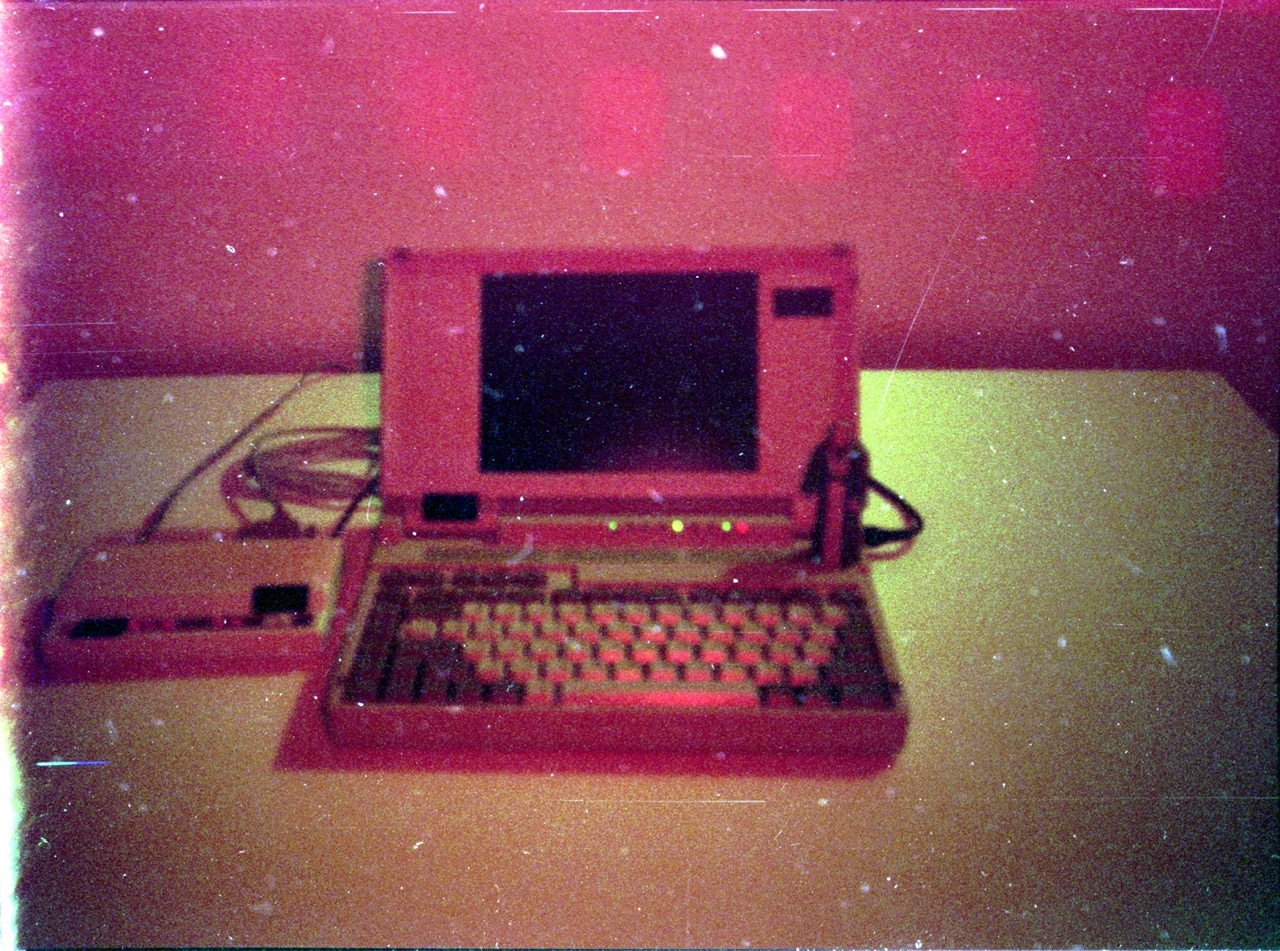For a long time, what is now considered to be a prime candidate for the title of the ‘world’s first microprocessor’ was a very well-kept secret for nearly 30 years. The MP944 is the inauspicious name of the chip we want to highlight today. It was developed to be the brains behind the U.S. Navy’s F-14 Tomcat’s Central Air Data Computer (CADC). Thus, it isn’t surprising that the MP944 was a cut above the Intel 4004, the world’s first commercial microprocessor, which was designed to power a desktop calculator.



This is awesome. also makes me wonder what’s powering the newest generation of fighter jets
Knowing military spending goals and aviation regulations, probably 10 of the same chip
It’s a different time, probably normal civilian chips to hitch onto the massive industry that now exists. Kind of like how I’d guess the F-14 airframe was made of normal metal instead of something new they invented.
The radar and EWAR-related hardware, on the other hand, might not just be off the shelf.
Unless they’re seeing actual benefits for a neural processing unit, I’d guess you’re right about the processors. The ISS runs on 386 processors and those were a surprisingly outdated choice in that era. Even with the advanced flight characteristics of a modern fighter, I’d guess they don’t really need the power modern chips are capable of offering.
But yeah, the radars and other sensors? Certainly not off-the-shelf for flagship aircraft.
I mean, it’s not just fly-by-wire. If they do any signal processing in CPU or GPU they’d need power - and I’m sure they do for the higher level processing, since they’re always updating things like target identification and electronic countermeasures to keep pace.
The F-35, for example, famously has all kinds of automatic combat information and networked communications management as well, and includes a display that allows pilots to virtually see through the floor. It adds up to 4 million lines of code or so. (All proprietary and controlled by America, which has made Canada’s acquisition deal a political hot potato post-Trump)
I thought NASA was well stocked with 486 CPUs? Quite a cut about the 386! (I know the ISS is not all NASA.) In any case, the wide wires make for less bit flipping. :)
They have chips with water channels cut into the die itself for 1000w/square inch compared to commercial data center chips that can do 300w/square inch.
Bioneural gel pacs
your mom
/j